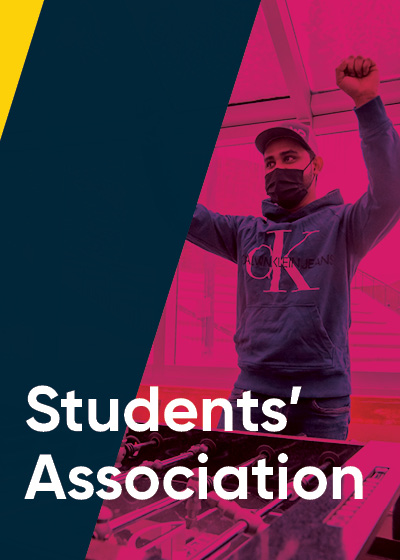News Archives: New Paleontology Course at GPRC
Wednesday, July 6th, 2016

GPRC students can dig into Northern Alberta’s rich Paleontological history this January with a new Paleontology course being offered in collaboration with the Phillip J. Currie Dinosaur Museum.
GPRC is adding PALE200: Introduction to Paleontology, a new transferable elective course to their academic options for students.
“We are very excited to offer our students choices when it comes to picking their electives and ensuring they receive the most out of their education here at GPRC,” says Kazem Mashkournia, GPRC Dean of Arts, Science and Upgrading.
GPRC and the Phillip J. Currie Dinosaur Museum, located near Wembley, want to create opportunities for students and community members to learn more about the history of Northern Alberta. The course is being offered in the evening so community members with an interest in paleontology can also take the university-level course.
“Adding this course to our calendar was incredibly important because GPRC is committed to serving our students and our community. This course increases the number of choices for our students, but it also creates options for many individuals in our community,” says Mashkournia.
Paleontologist, Dr. Matthew Vavrek will teach the course for GPRC on a part-time sessional basis. Vavrek completed his undergraduate degree at the University of Alberta, and went on to do his Ph.D. at McGill University in Montreal. Vavrek moved to the Peace Region to lead the design of the exhibits currently on display at the Phillip J. Currie Dinosaur Museum. His primary research and field work have been focused on the understudied regions of Northern Canada, specifically the Peace Region of Alberta.
“GPRC students will benefit from this course especially with the Northern Alberta Dinosaur Project currently underway in our region. Vavrek is part of this project so he brings valuable local knowledge and experience to the classroom,” says Mashkournia.
“We’ve been working in the region for the past two years, and we’ve already found hundreds of fossils and specimens ranging from little turtle skulls to juvenile duck-billed dinosaur bones. You can go almost any direction outside of town, and you’ll be able to find a creek that has fossils – as long as you know what you’re looking for,” says Vavrek.
Vavrek will also be part of a team of five traveling to the Arctic on a National Geographic funded expedition later this July.
“This particular time, we’re heading to a spot that had promising finds in 1964, but hasn’t been visited since,” says Vavrek.
In 1964, Scientist Dale Russell found most of the skeleton of a swimming reptile, known as a plesiosaur, bones from a swimming bird and a seven-foot long fish. Russell was only able to collect pieces of the plesiosaur and take photographs of the others leaving high hopes for Vavrek.
“We are all really looking forward to and excited to get out there and see what we can find,” he says.
GPRC believes taking students out into the field to reinforce what they’ve learned in the classroom is vital to their learning and academic experience.
“It’s important for students to understand what is all around them and what a great opportunity to get out and learn and work closely with our partners at the Phillip J. Currie Dinosaur Museum,” says Mashkournia.
“It’s an opportunity to teach students in the classroom what they should be looking for, and then take them out into the field and watch them connect the dots on their own. When they start realizing what they’re looking at, this kind of realization shows on their face which is awesome to see,” agrees Vavrek.
PALE200: Introduction to Paleontology draws on biological and geological knowledge to study the evolutionary history. The course will be offered in the evenings.
Learn more about GPRC Paleontology programs! >












